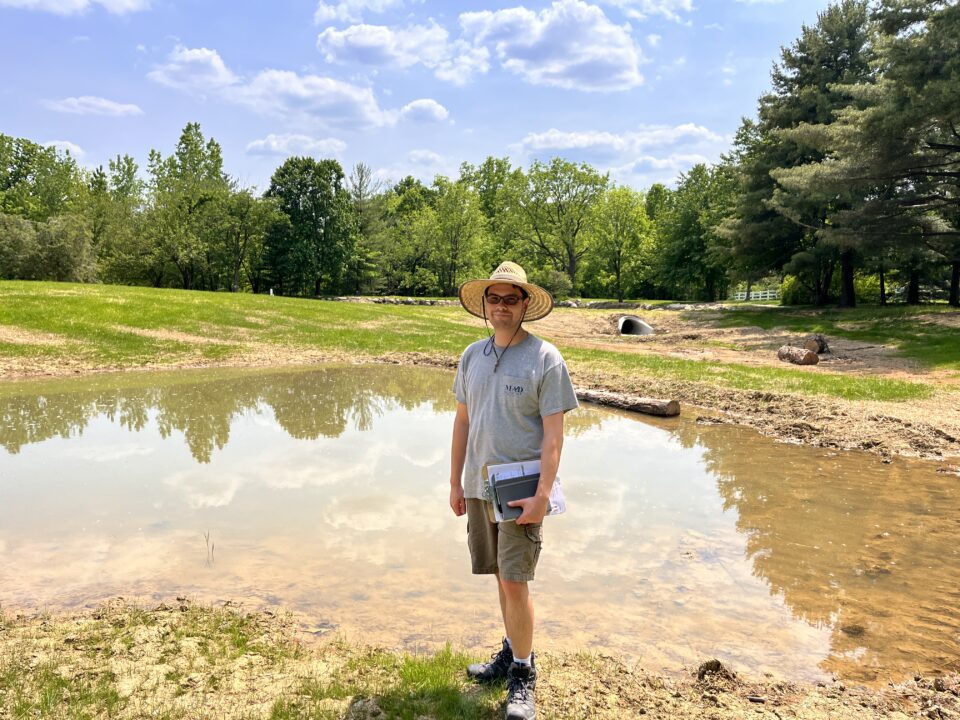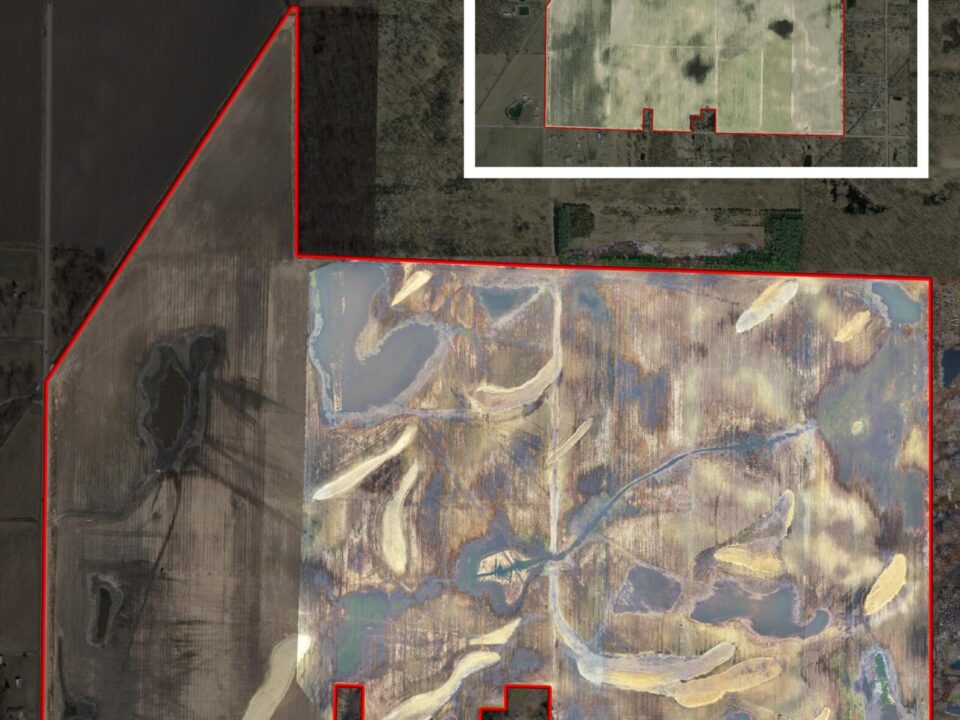December 27, 2024
We’re proud of the team we have at MAD and are eager to see them grow in their various specialty areas. This year many staff worked towards certification programs and continuing education credits. Two of note are Restoration Ecologist, Dan Hribar, and Restoration Designer, Robert Keast. Dan began working towards becoming a Certified Ecological Restoration Practitioner through the Society of Ecological Restoration (CERP-IT). He also completed the Ohio DNR’s Nature-based Shorelines course. Robert continues to level up in stream restoration design series. He is currently a level III. Both certifications will serve us well in creating site appropriate, cost-effective, long-lasting restorative changes for our clients and the natural world.





